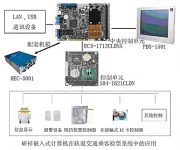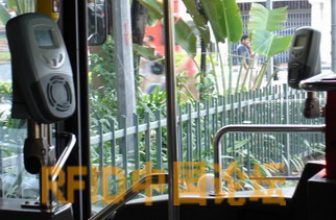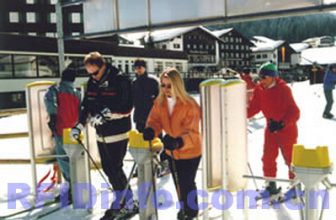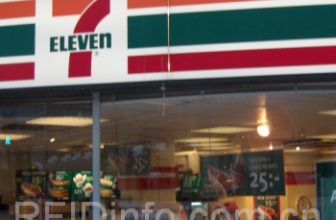
EVOC technology in the subway automatic fare collection system application
[ad_1]
1. System overview
In recent years, with the rapid economic development, rail transit construction, an important part of urban transportation construction, has also developed rapidly. Urban rail transit is a safe, comfortable, fast, punctual, and environmentally-friendly high-capacity passenger transportation vehicle. EVOC special computers are also used in them: PIDS (Passenger Information Display System), AFC (Automatic Fare Collection System), master control, in-car monitoring and other projects. Among them, the automatic fare collection (AFC) system is the most important part of it, and it is an important symbol to reflect and measure the level of rail transit informatization.
2. Level composition of the automatic fare collection system (AFC):
Automatic fare collection system (AFC) is an automated system based on computer, communication, network, automatic control and other technologies to realize the whole process of rail transit ticket sales, ticket checking, billing, charging, statistics, sorting, and management. The rail transit of foreign economically developed cities has generally adopted this management system and has developed to a fairly advanced level of technology. The automatic fare collection equipment for urban rail transit stations in my country was originally from a foreign country. In recent years, my country has carried out a large amount of research and development work, and put forward various forms of products, and the technical level is constantly improving. The development of the domestic rail transit AFC system has gone through a process from scratch. With the development of computer technology and software, the technology of my country’s urban rail transit AFC has been integrated with the urban all-in-one card, realizing the all-in-one card in cities and even urban areas.
The structure of the urban rail transit automatic fare collection system (AFC) is divided into five levels: ticket, station terminal equipment, station computer system, line central computer system, and sorting system.
The hierarchical structure is based on a fully enclosed operating mode, based on a metered toll model, and uses non-contact IC cards as the ticket medium. It is divided according to the functions, management functions and locations of each level of equipment and subsystems. of. The currently determined five-story structure is based on my country’s national conditions and urban development status, and comprehensively considers the characteristics of rail transit construction (such as multiple and complex lines, long construction period, multiple owner units, etc.). Scalability. The following provisions are made for the functions and requirements that must be realized at each level:
The first layer-the ticket is the fare payment medium held by passengers, which stipulates the technical requirements for the physical characteristics, electrical characteristics, application file organization, and safety mechanism of the two types of stored-value cards and one-way tickets;
The second layer-station terminal equipment is installed in the station hall of each station to directly provide passengers with equipment for ticket sales and inspection services, and specifies the technical requirements for station terminal equipment and its operation and management;
The third layer-station computer system, its main function is to monitor the status of the second-level station terminal equipment, and collect transaction and audit data generated by the station, and stipulate the technology of system data management, operation management and system maintenance management Require;
The fourth layer-the central computer system of the line, its main function is to collect transaction and audit data generated by the AFC system of the line, and transmit this data to the urban rail transit sorting system, and reconcile it with it, stipulating the line Technical requirements for ticketing management, operation management and system maintenance;
The fifth layer-the sorting system, whose main function is to unify various operating parameters within the urban rail transit AFC system, collect transaction and audit data generated by the urban rail transit AFC system, perform data sorting and reconciliation, and be responsible for connection The urban rail transit AFC system and the city all-in-one card sorting system stipulate the technical requirements for ticket management, ticket management, operation management and system maintenance management.
3. System principle:
The automatic fare collection (AFC) system refers to a complete set of solutions for the realization of automatic charging, automatic settlement, and automatic accounting in the industry. Among them, EVOC special computers are mainly used for automatic ticket gates (AGM) and ticketing master control parts (TVM). In the automatic ticket gate system, multiple serial port applications are required, such as automatic ticket throughput, non-contact IC card, display frequency for displaying prompt information, blocking device controller, central controller, alarm, etc., and at the same time Network port, USB port and system terminal for information communication.

Four, system configuration:
1. Automatic gate and control module: motherboard 104-1621CLDN
2. Central control unit:
Host: MEC-5001
Motherboard: EC5-1712CLDN
Hard Disk: 40G
3. The main control part of automatic ticket vending (TVM):
Motherboard: EC5-1714CLDNA
V. Summary
EVOC products already occupy a large part of the market in existing subway projects. The national policy will vigorously develop the subway and light rail, so it is a very good opportunity for us. EVOC special computer has played an important role in the subway industry, and it is also conducive to the real localization of the AFC part of the subway industry.
[ad_2]






